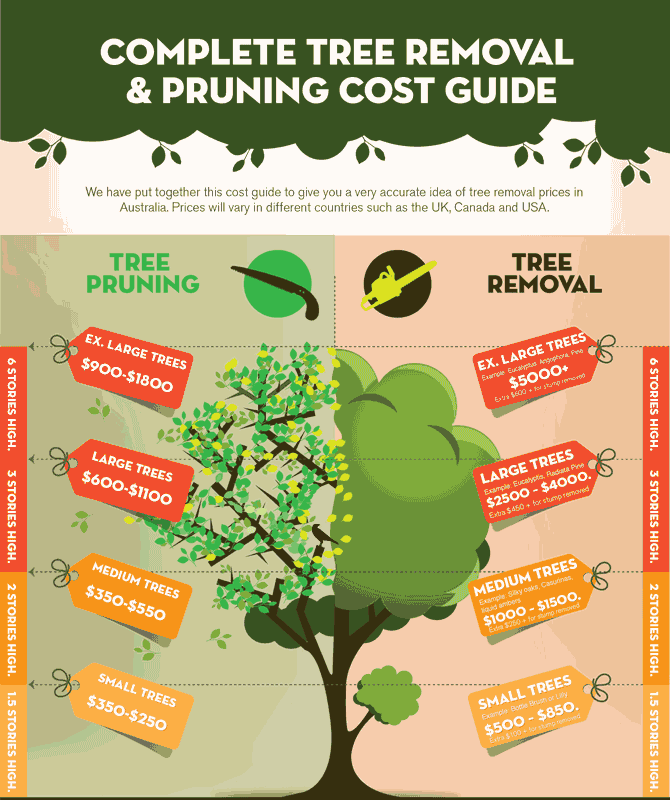Tree Treatment By Season: Efficient Strategies For Taking Care Of Trees Prior To And After Their Removal
Tree Treatment By Season: Efficient Strategies For Taking Care Of Trees Prior To And After Their Removal
Blog Article
Short Article Writer-
When it comes to seasonal tree care, guaranteeing appropriate monitoring before and after removal can dramatically influence the wellness and looks of your landscape. By understanding the essential steps involved in examining tree health and getting ready for elimination, you can proactively guard your home. However what about the crucial methods to comply with once the tree is gone? Keep tuned to find the essential post-removal treatment steps that will assist you cultivate a thriving and sustainable setting for your trees.
Pre-Removal Tree Care
Before resolving the elimination of a tree, it's vital to prioritize pre-removal tree care. Beginning by analyzing the tree's health and architectural integrity. Try to find indications of condition, pest infestations, or any type of structural issues that might pose a safety and security threat throughout removal. It's important to consult with a qualified arborist to establish the best course of action.
Pruning dead or unhealthy branches can stop more damages to the tree and ensure a smoother elimination process.
Additionally, think about the ecological effect of removing the tree. Trees play a crucial role in our ecological community, so growing a new tree in a suitable location can help offset any type of loss. Make sure that you have the essential permits and authorizations for tree removal, particularly if the tree is protected by local laws.
Seasonal Maintenance Tips
Analyzing your tree's demands throughout the year is crucial for its wellness and long life. To keep your trees in top condition, comply with these seasonal maintenance pointers.
In spring, focus on trimming to remove dead or broken branches and motivate new growth.
Summer season calls for routine watering, particularly during dry spells, to ensure your tree stays hydrated.
As loss techniques, keep an eye out for early indications of condition or tension, and consider applying mulch to safeguard the origins during winter months.
In winter, beware when eliminating snow from branches to stop breakage, and continue to check your tree's general health.
Keep in mind to readjust your care routine based upon the specific requirements of your tree types and local climate. By staying attentive and positive throughout the seasons, you can assist your trees prosper and prosper for years ahead.
Post-Removal Tree Care
To guarantee the health of your landscape also after tree elimination, proper post-removal care is essential. After a tree is eliminated, it's crucial to fill the staying hole with topsoil and portable it to avoid settling. This will certainly assist preserve the integrity of the ground and prevent possible dangers in the future.
Think about planting new plant life instead of the eliminated tree to bring back the balance and visual appeals of your landscape. Routinely water the location to promote the growth of brand-new plants and avoid soil disintegration.
Check the surrounding trees for any indications of illness or anxiety that may have been brought on by the eliminated tree. Watch out for bugs that might've been attracted to the previous tree and take safety nets to safeguard the remaining plants.
If necessary, speak with a specialist arborist to analyze the influence of the removal on the bordering trees and determine any extra care required. By https://www.weatherforddemocrat.com/news/local_news/texas-oak-wilt-season-officials-advise-halting-oak-tree-pruning-through-june/article_b7ad41c6-70a6-5d6f-a8ab-0c6eef47571e.html to these post-removal care steps, you can make certain the ongoing health and beauty of your landscape.
Conclusion
In conclusion, positive seasonal tree care is crucial for keeping the health and wellness and equilibrium of your landscape. By assessing growth trees , pruning, and seeking advice from an arborist prior to removal, you can ensure a safe procedure. After elimination, filling the hole, growing brand-new plant life, and normal watering will promote brand-new development and protect against disintegration. Keep in mind to examine bordering trees for disease and look for additional care steps from an arborist to maintain your landscape thriving.
